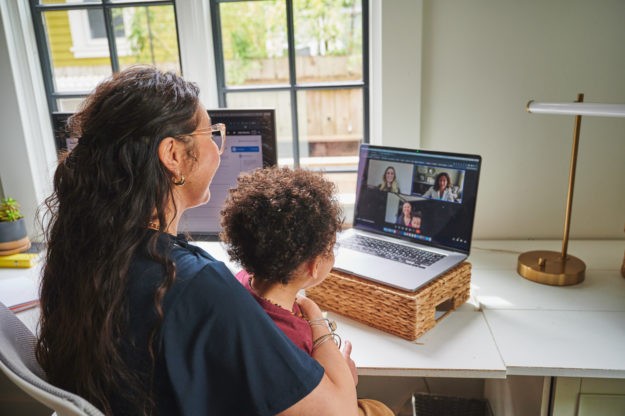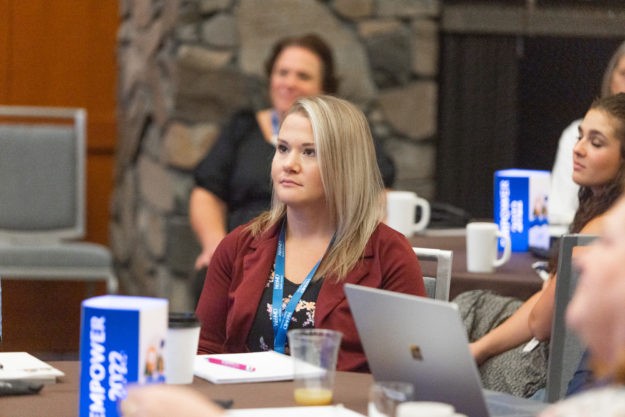 The last installment in our series on maintaining employee engagement in a new world of work focuses on the need to foster social connections and a sense of belonging at work. We also share some thoughts on how to create connection beginning with a new employee’s very first day on the job.
The last installment in our series on maintaining employee engagement in a new world of work focuses on the need to foster social connections and a sense of belonging at work. We also share some thoughts on how to create connection beginning with a new employee’s very first day on the job.
Community is an essential part of well-being that’s often overlooked and highly linked to engagement at work. Just as in our personal lives, feeling like you belong at work can lead to a better mood, more creativity and collaboration, higher psychological safety, and more. And people who feel like they belong will be empowered to speak up, take risks and be their authentic selves without worrying that they’ll be judged – all important aspects of an engaged workforce.
Back in 2017, U.S. Surgeon General Dr. Vivek Murthy wrote extensively on what he termed the “loneliness epidemic.” Now, three years into the pandemic, he is underscoring the need to maintain our social connections in an increasingly isolated work world where some employees may rarely see colleagues in person.1 And, Gallup still maintains that having a best friend at work is a key measure of employee engagement.2
So what can you do to strengthen social connections at work?
- Support Employee Resource Groups (ERGs). Networks like these can help people find others with similar interests and backgrounds, allowing them to build relationships. ERGs are also a great way to tap into current employee sentiment, allowing HR and leaders to pivot quickly to solutions.
- Strategically plan in-person events for the whole company, single departments, or even local meet-ups for employees from the same region. Increasingly, employees want their in-office time to offer meaningful connections.
- Use plug-ins and platforms that connect colleagues together for serendipitous conversations to give people an opportunity to connect with other employees they may not have otherwise gotten the chance to know.
- Leverage your well-being program to rally people together around a healthy activity: wellness challenges, lunch & learns, health fairs, a company-sponsored 5k or charity event, and cooking demonstrations are all great ideas.
- Send out virtual calendar invites for things like watercooler chats, BINGO, or trivia games.
It’s also important to ensure that your onboarding experience delights and engages right away.
Companies spend so much time and money on talent acquisition, but the same effort needs to be applied to onboarding so that a new employee can feel engaged in the organization from the moment they accept the offer. This is especially important today, when some new hires may never set foot in a physical office. And, according to SHRM, 90% of employees decide whether to stay or leave the organization within the first six months, so it’s important to consider what happens beyond the first week.3
Here are some ways to make sure new employees feel supported and engaged from day one:
- Send a welcome kit to a new hire’s home with company swag and a handwritten note. You’ve probably noticed people posting these gifts on social media – they work!
- Try to get mundane tasks like IT setup and benefits enrollment out of the way before the first day.
- Assign a lunch buddy for the first day if the employee will be in the office.
- Plan structured activities during the employee’s first week – like meetups with senior leaders and cross-functional introductions.
- Assign a mentor. This resource can guide employees in understanding the culture of the organization and answer any questions.
- Continue to have regular check-ins with the new employee for the first 90 days.
* * * * * * * * * * * * * * * * *
The world of work is changing, and what’s important to employees is changing, too. This means that employee engagement strategies that worked in the past may no longer be relevant. We hope this blog series has been helpful in learning about what you can do to keep your employees engaged in this new working environment. If you’d like help developing an engagement strategy for your organization, contact us at connect@webmd.net.




